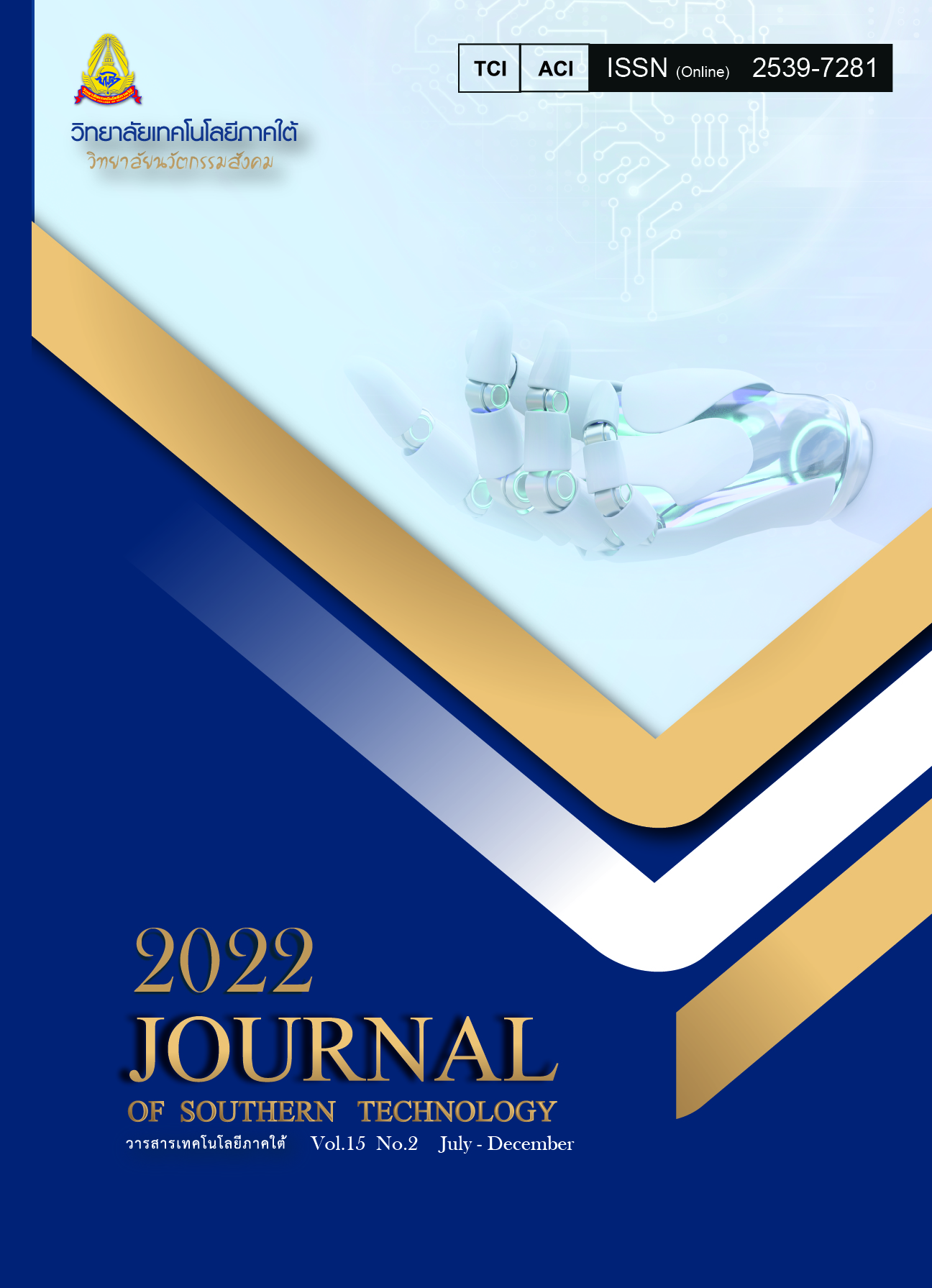The Treatment in Stroke with Thai Traditional Medicine
Main Article Content
Abstract
Globally, stroke is the major cause of death and disability. Stroke can be found the most in people older than 25 years with variety factors such as increasing age, inappropriate health behaviors etc. In Thai Traditional Medical, stroke similar to “Lom Amma-pluk Amma-paht” disease caused by both Lom-Uthanggamavata and Lom-Arthogamavata which comparable to sensory nervous system and motor nervous system, respectively. If Lom-Uthanggamavata and Lom-Arthogamavata is disabled, patients will lose sense of touch and impossible to move resulting similar symptom with stroke i.e. numbness, muscle weakness, etc. In Thai traditional medicine, there are many integrated guidelines for stroke patients on treatment, therapy, rehabilitation such as massage, rehabilitation, royal acupressure, herbal medicine (both in the National List or individual decoction) to emphasize the wind element balance. In addition, health promotion principles are used to change eating behaviors including the hermit's body twist rusie dotton and meditation therapy. These Thai Traditional medicine guidelines for treatment, therapy, rehabilitation of stroke patients could improve patient quality of life and retard the chance of the recurrence of disease.
Article Details

This work is licensed under a Creative Commons Attribution-NonCommercial-NoDerivatives 4.0 International License.
-
Authors must agree to the journal publication rules and allow the editors to edit the manuscripts for publication.
-
Author’s right belongs to the author but Journal of Southern Technology holds the right of first publication and thus allow readers to use the article for the purpose of education but not commercial.
References
Boonruab, J., Poonsuk, P., & Damjuti, W. (2020). Effect of court-type Thai traditional massage versus senokot treatment on chronic constipation: a randomized controlled trial. Journal of Evidence-Based Integrative Medicine, 25, 1-8. [in Thai].
Chatsuwan, Y., Pianphadungrat, P., Athitrat, A., & Panichkan, N. (2017). Comparative study on efficacy of physiotherapy and physiotherapy combined with Thai massage on rehabilitation outcome and quality of life of ischemic stroke patients with hemiplegia. Thammasat Medical Journal, 17(3), 356-364. [in Thai].
Foundation of Thai Traditional Medicine. (1992). The original Thai Traditional Medicine Textbook. Medicine Conservation Edition (1st ed.). Bangkok: Chulalongkorn University. [in Thai]
Foundation of Thai Traditional Medicine. (2005). Thai Traditional Medicine Royal Thai Massage (1st ed.). Bangkok: Pikanart Purning Center. [in Thai].
Junwibun, W., & Fakkham, S. (2020). The treatment of paralysis in the recipe of Thai traditional medicines. Innovative Management Creative Technology Journal, 17(1), 44-49. [in Thai].
Kesormas, S., Nakthaworn, K., Musikapong, K., & Viriyabubpa, C. (2019). A study on the treatment with herbal remedies in seven groups of diseases: a case study of Mr. Prawit Kaewthong, Songkhla Province. Journal of Thai Traditional and Alternative Medicine, 17(2), 263-279. [in Thai].
Knight-Greenfield, A., Nario, J.J.Q., & Gupta, A. (2019). Causes of acute stroke: a patterned approach. Radiologic Clinics of North America, 57(6), 1093-1108. [in Thai].
Lalun, A., & Vutiso, P. (2021). Factors predicting stroke preventive behaviors of hypertensive patients at Na Fai Sub-district Health Promoting Hospital in Chang Wat Chaiyaphum. Thai Journal of Nursing, 70(2), 27-36. [in Thai].
Laosee, O., Sritoomma, N., Wamontree, P., Rattanapan, C., & Sitthi-Amorn, C. (2020). The effectiveness of traditional Thai massage versus massage with herbal compress among elderly patients with low back pain: A randomized controlled trial. Complementary Therapies in Medicine, 48, 102269. [in Thai].
Nantadee, O. (2018). Effects of self-herbal compress on pain of the elderly with knee pain in Thoen Hospital, Thoen District, Lampang Province. Journal of Health Sciences, 5(2), 44-56. [in Thai].
Ojaghihaghighi, S., Vahdati, S.S., Mikaeilpour, A., & Ramouz, A. (2017). Comparison of neurological clinical manifestation in patients with hemorrhagic and ischemic stroke. World Journal of Emergency Medicine, 8(1), 34–38,
Prachinburi Provincial Public Health Office. (2016). Clinical Practice Guideline Caring for Stroke in the Community with Thai Traditional Medicine and Alternative Medicine (3rd ed.). Prachinburi: Damrongchai Printing. [in Thai].
Pranakhon, R., & Pranakhon, J. (2017). A Study on indigenous knowledge on paralysis therapy: a case of Mae Chanli Plian-ek. Journal of Thai Traditional and Alternative Medicine, 15(1), 30-44. [in Thai].
Stinear, C.M., Lang, C.E., Zeiler, S., & Byblow, W.D. (2020). Advances and challenges in stroke rehabilitation. Lancet Neurology, 19(4), 348-360.
Suknoo, S. (2021). A study on wisdom of folk healers in Kampaengphet Province. The Southern College Network Journal of Nursing and Public Health, 8(3), 213-228.
Thanakiatpinyo, T., Suwannatrai, S., Suwannatrai, U., Khumkaew, P., Wiwattamongkol, D., Vannabhum, M., Pianmanakit, S., & Kuptniratsaikul, V. (2014). The efficacy of traditional Thai massage in decreasing spasticity in elderly stroke patients. Clinical Interventions in Aging, 11(9), 1311-1319. [in Thai].
Tikham, S., Viriyabubpa, C., & Bunluepuech, K. (2017). Study Patterns and Effectiveness in Treating Stroke by Thai Traditional Medicine of the Folk Healer, Prawit Keawtong. The National and International Graduate Research Conference 2017 (pp 603 – 613). Graduate School: Khon Kaen University. [in Thai].
Viravud, Y., Apichartvorakit, A., Mutirangura, P., Plakornkul, V., Roongruangcha, J., Vannabhum, M., Laohapand, T., & Akarasereenont, P. (2017). The anatomical study of the major signal points of the courttype Thai traditional massage on legs and their effects on blood flow and skin temperature. Journal of Integrative Medicine, 15(2), 142-150. [in Thai].
Yoopat, P., Maes, C., Poriau, S., & Vanwonterghem, K. (2015). Thai traditional massage: efficiency-assessment of three traditional massage methods on office workers: an explorative study. Journal of Bodywork and Movement Therapies, 19(2), 246-252. [in Thai]

